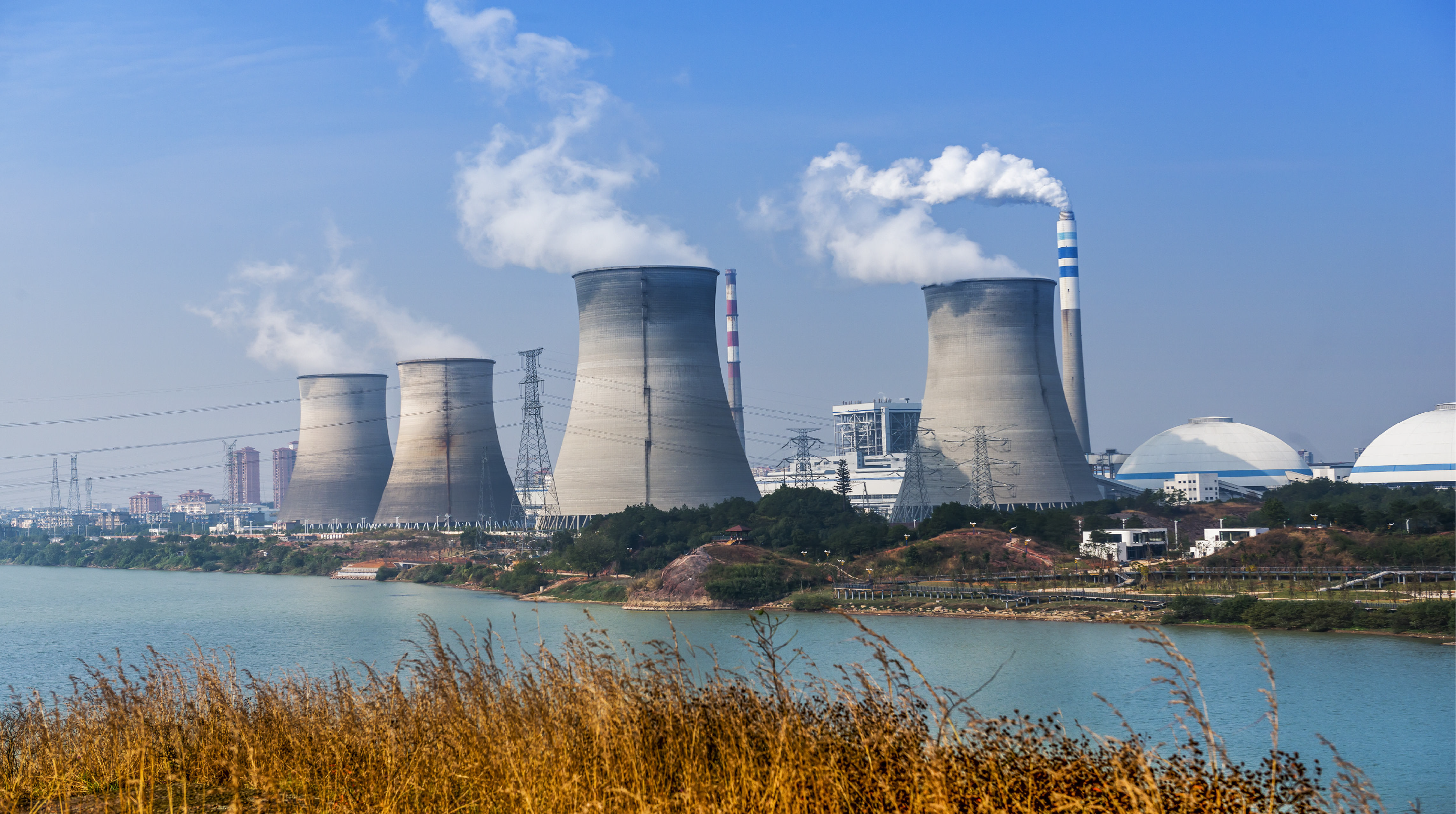Are you trying to find the best cooling tower water treatment chemicals? Look nowhere else! We'll talk about the best water treatment chemicals in this post to keep your cooling tower system operating at peak performance.
Introduce
Cooling towers are crucial to industrial operations, but they also require regular maintenance to be effective. Utilizing water treatment chemicals is one technique to guarantee a cooling tower's regular operation. Chemicals used in water treatment can assist stop the system from corroding, clogging, and scaling, which can result in decreased efficiency and higher maintenance costs. We will discuss the best cooling tower water treatment chemicals in this post.
The correct water treatment chemicals must be used if you want to keep your cooling tower system operating efficiently. Among the most efficient substances are the following:
1. Scale inhibitors
The equipment in cooling towers is treated with scale inhibitors to avoid scale buildup. Scale is a result of the concentration and precipitation of water-soluble particles on a surface. Inhibitors of scale formation hinder the production of scale by interfering with crystal growth. Inhibitors include substances like phosphonates, polyacrylates, and organophosphonates.
2. Antimicrobial
Chemicals called biocides are employed in cooling tower water to prevent microbial development. Biodeposits produced by microorganisms can lower the cooling tower system's effectiveness. Biocides function by either destroying or preventing the development of bacteria. Chlorine, bromine, and quaternary ammonium substances are a few typical biocides used in cooling towers.
3. Corrosion Preventers
In cooling tower systems, corrosion is avoided by using corrosion inhibitors. Leaks, equipment damage, and decreased productivity can all be brought on by corrosion. Corrosion inhibitors function by creating a shield-like coating on the metal surface, which deters corrosion. Molybdate, nitrite, and orthophosphate are three corrosion inhibitors that are frequently employed in cooling towers.
4. Dispersant
On the surface of cooling tower equipment, dispersants are employed to stop the buildup of deposits. The cooling tower system's effectiveness may be hampered by bottlenecks brought on by deposits. In order to keep particles from settling on surfaces, dispersants function by spreading them out in water. Polymers, polyphosphates, and lignosulfonates are a few examples of dispersants.
5. Algaekiller
To prevent algae development in cooling tower water, chemicals called algaecides are utilized. Algae may block pipes and serve as a home for other microbes, which can choke pipes biologically. By preventing or destroying algae development, algaecides function. Copper sulfate, sodium hypochlorite, and hydrogen peroxide are a few popular algaecides used in cooling towers.

Other water treatment chemicals are also useful for preserving a cooling tower system's effectiveness in addition to the ones already listed. These substances include some of the following:
1. A pH regulator
The pH regulator is used to keep the water in cooling towers at the right pH level. The solubility of minerals in water is impacted by pH, which also has an effect on corrosion and scale development. Sulfuric acid is one of the typical pH regulators.
2. An oxygen extractor
Cooling tower water's dissolved oxygen is removed using oxygen purifiers. When there are metal surfaces present, oxygen can corrode systems. By chemically reacting with oxygen, oxygen bleach makes a substance less reactive. Sodium sulfite, hydrazine, and carbohydrazide are a few popular oxygen bleaches.
3. A foam-reducing agent
Foam doesn't grow in cooling tower water because antifoam chemicals are employed to stop it. In addition to raising maintenance expenses, foam can lower efficiency. In order to stop foam from forming, antifoam chemicals lower the surface tension of water. Silicone- and glycol-based chemicals are two typical antifoam substances.
4. A compounding agent
The water in cooling towers is treated with complexing agents to eliminate metal ions. Scaling, corrosion, and fouling in the system are all effects of metal ions. In order to make metal ions less reactive, complexing agents join them in stable complexes. EDTA, DTPA, and NTA are a few popular chelation substances.
When choosing a water treatment chemical for a cooling tower, there are several factors to consider. These factors include:
1. The standard of the water
The effectiveness of water treatment chemicals can be impacted by the quality of the water in cooling towers. Chemical efficacy can be impacted by water quality factors as pH, alkalinity, and hardness.
2. System Design
The choice of water treatment chemicals can also be influenced by the cooling tower system's architecture. The performance of a chemical can be impacted by elements including its composition, flow velocity, and temperature.
3. Costs
Another crucial aspect to take into account is the price of the chemicals used in water treatment. Different chemicals may cost differently and function differently.
4. Environmental factors
When choosing water treatment chemicals, environmental factors such as toxicity and biodegradability should also be taken into account.